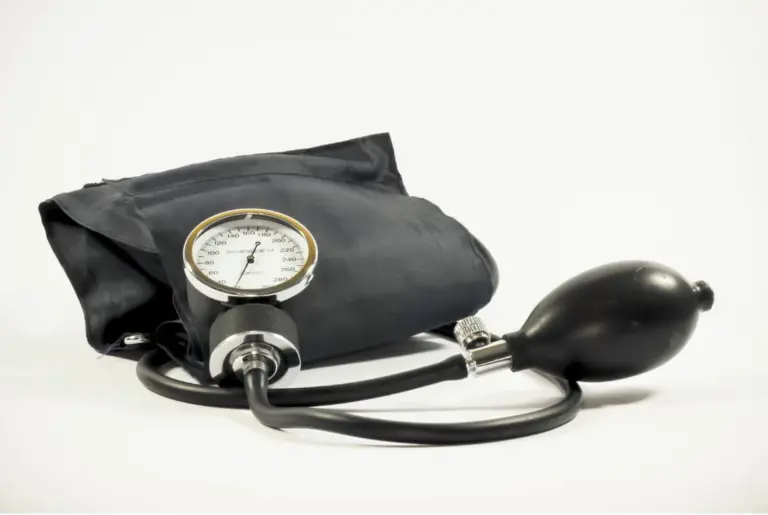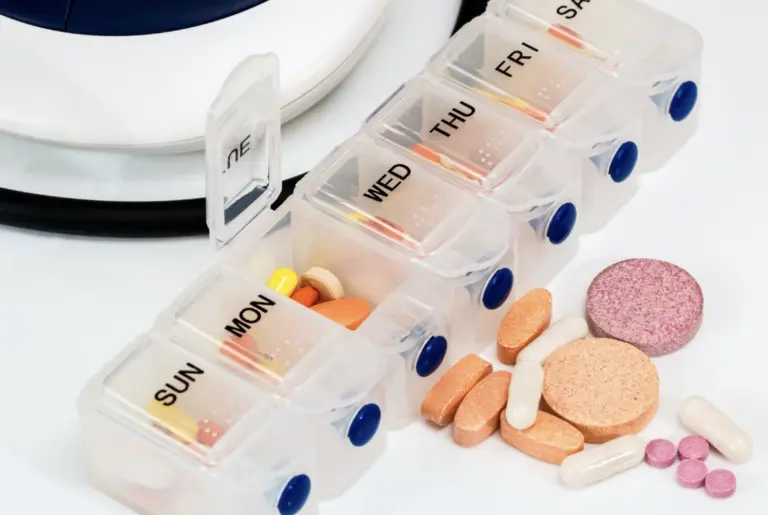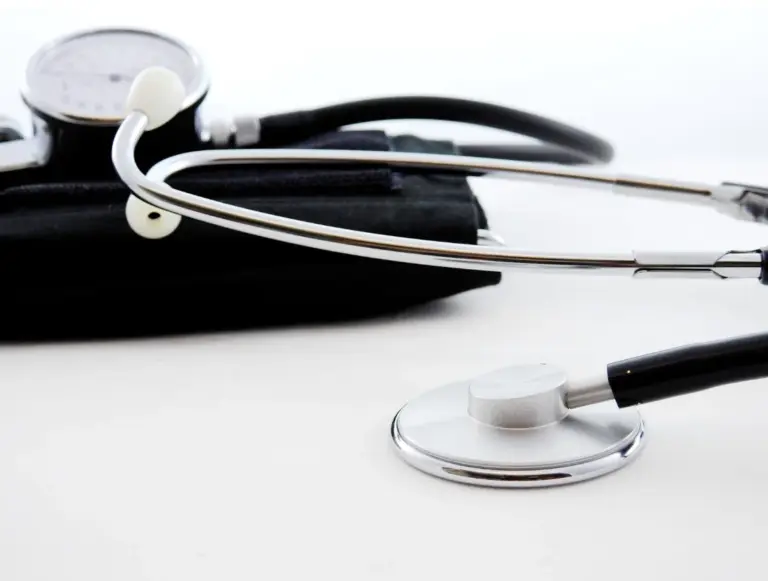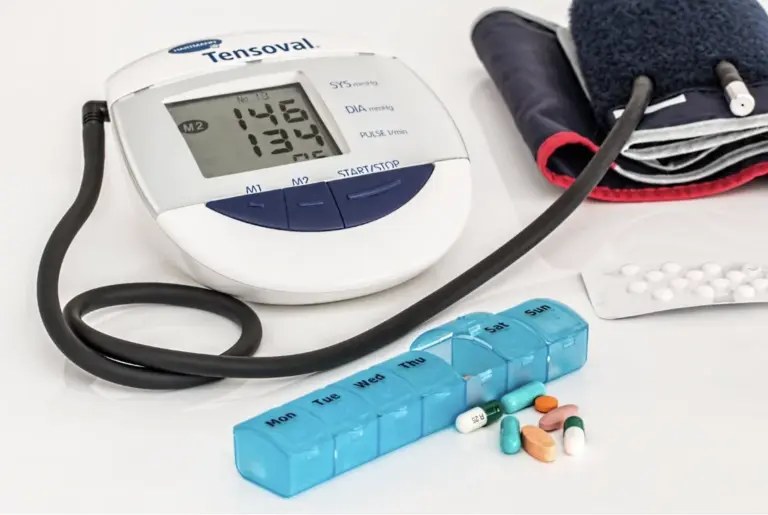Home-Based Methods for Early Detection of Heart Blockage
Worried about your heart but don’t have the time to rush to the doctor every time you feel off? You’re not alone. With stress, screen time, and questionable food habits creeping into daily life, heart issues are becoming a thing—even for the young crowd.
The good news? You can take charge without freaking out or over-Googling your symptoms. This guide walks you through how to check heart blockage at home using smart gadgets, basic tools, and body awareness—before it becomes a whole thing.
Understanding Heart Blockage and Why Early Detection Matters
Heart blockage, aka coronary artery disease, goes down when your arteries—the VIP lanes for blood flow—start getting jammed up. The real villain? Atherosclerosis—a condition where cholesterol, fats, calcium deposits, inflammatory cells, and plaque build up on your artery walls —basically, all the stuff that shouldn’t be chilling in your arteries. Over time, this gunk sticks to the walls of your blood vessels messing everything up.
As the space for blood to pass through narrows, your heart isn’t getting enough oxygen-rich blood to do its thing. Think of it like trying to breathe through a straw—hard, right? That’s your heart under pressure.
Why should you care?
Because this blockage can lead to:
- Chest pain or discomfort
- Fatigue that hits even if you haven’t done much
- Shortness of breath from just walking upstairs
- In worst-case scenarios—heart attacks
And here’s the sneaky part: atherosclerosis builds up quietly. Symptoms don’t always hit you like a truck—they whisper. That’s why figuring out how to check blockage in heart at home isn’t just smart—it’s essential.
Early detection = catching the red flags before they turn into red alerts.
This gives you more time to switch up your lifestyle, start meds (if needed), and keep your heart in MVP mode for the long haul.
Connection Between Blood Pressure and Heart Blockage
If your BP’s been jumping around like a TikTok trend, your heart might be throwing some serious shade.
High blood pressure (aka hypertension) isn’t just another stat—it’s both a red flag and a partner in crime when it comes to clogged arteries. Here’s why: when your BP’s consistently high, it puts extra pressure on your artery walls. This damages the lining, making it easier for cholesterol, fat, and other gunk to stick and build up. Over time, that buildup (aka plaque) narrows your arteries and messes with blood flow— the perfect setup for heart blockage.
So if you’re checking your BP at home (and you totally should), don’t scroll past these signs:
Readings consistently above 130/80 mmHg
That’s the threshold where doctors start paying attention. If you’re hitting this often, it’s time to take action.
Random spikes with no obvious reason
No stress, caffeine, or workout in sight? Then those surges could be heart-related.
Feeling dizzy, super tired, or dealing with frequent headaches
These low-key symptoms might be BP-linked and worth noting.
Morning highs
BP naturally rises in the morning, but super high readings right after you wake up could signal deeper issues.
Your BP numbers = your heart’s status update. And if they’re consistently off, it could be your heart warning you early.
Pro tip: use biofeedback devices for monitoring your BP. This way, you can spot trends over time and share them with your doc like a boss.
Effective Home-Based Methods to Detect Early Signs
No stethoscope? No problem. Your body’s got the tea—you just have to listen. These low-key signs might be early whispers from your heart that something’s off:
Breath Check
If you’re winded after a short walk, climbing stairs, or even just doing regular stuff, that’s a red flag. Especially if this hasn’t been your norm. Your heart may not be pumping oxygen efficiently.
Chest Discomfort
We’re not talking movie-style chest-grabbing pain. It could feel like pressure, tightness, heaviness, or even a weird burning in the chest or jaw. These subtle signs often show up during activity and ease with rest—classic heart blockage behavior.
Fatigue for No Reason
Dragging through the day even after a good night’s sleep? Your body could be starved for oxygen-rich blood. Fatigue is often overlooked but can be one of the earliest signs of heart issues.
Swollen Feet or Ankles
Can’t blame salty food? Swelling (aka edema) might mean your heart isn’t pumping effectively, causing fluid to build up in the lower body. It’s not just about aesthetics—it could be a signal.
Irregular Heartbeat
Random flutters, skipped beats, or a racing pulse when you’re just chilling? That’s your heart saying, “Hey, something’s up.” Keep an eye on patterns, especially if they’re new or getting worse.
Your body is sending alerts all the time. When you know how to check blockage in heart at home through these signs, you’re already a step ahead. Small symptoms today could prevent big drama tomorrow.
Devices and Tools You Can Use at Home
Thanks to tech (bless), checking on your heart doesn’t require a hospital trip anymore. Here’s your DIY health toolkit:
BP Monitors
Affordable, easy to use, and clutch for tracking pressure trends. Look for models that store previous readings—you want to spot patterns. With the rise of wearable blood pressure monitors that track 24/7, it’s getting easier to monitor your BP without even thinking about it.
Smartwatches with ECG or Heart Rate Alerts
Apple Watch, Samsung Galaxy Watch, Fitbit Sense, and similar wearables now offer heart rate tracking, irregular heartbeat warnings, and even mini ECGs. These devices don’t just monitor—they help manage. Many are tapping into AI tech for intelligent BP management, to make real-time suggestions.
Pulse Oximeters
These lil’ finger clips tell you your oxygen saturation levels. Low oxygen could mean your heart’s not delivering blood properly. Ideal range? 95% and above. Combined with smart tracking, they help give a fuller picture of what’s really going on internally.
Fitness Trackers
Even basic bands log steps, calories, sleep, and resting heart rate. These stats don’t just live in your app—they’re part of how wearable tech helps track stress and manage BP. If your heart health feels a bit off, the data may already have your back.
These are not a substitute for your doc, but they’re legit next-level tools for staying alert and informed.
Summary
Your heart might not send a calendar invite when it’s in trouble, but it does drop clues—and now you know how to catch them. Whether you’re tracking your BP, watching out for breathlessness, or checking stats on your smartwatch, knowing how to check blockage in heart at home is a game-changer.
So yeah, now you know the tell-tale signs of heart blockage. You can check in with your heart without even leaving the couch. Smart move, safe vibes—total win-win.
Disclaimer
The information contained in this article is to educate, spread awareness in relation to hypertension and other diseases to the public at large. The contents of this article are created and developed by BPinControl.in through its authors, which has necessary, authorisations, license, approvals, permits etc to allow usage of this articles on The Website. The views and opinions expressed in this article are views, opinions of the respective authors and are independently endorsed by doctors. Although great care has been taken in compiling and checking the information in this article, The Website shall not be responsible, or in any way liable for any errors, omissions or inaccuracies in this article whether arising from negligence or otherwise, or for any consequences arising therefrom. The content of this article is not a substitute for any medical advice. The Website shall not be held responsible or liable for any consequence arising out of reliance on the information provided in the article.




